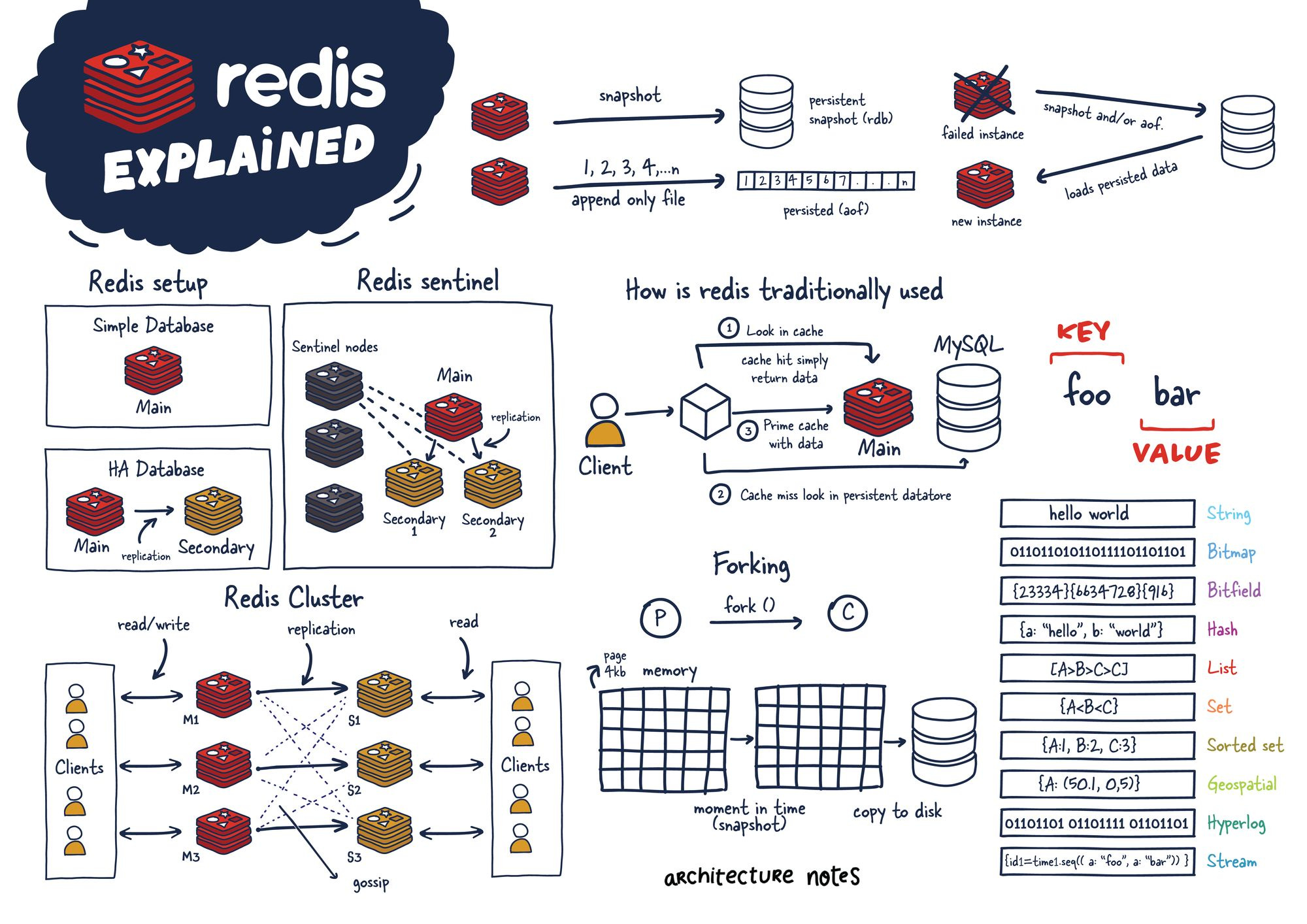Redis: The Powerhouse Behind Modern Databases
In today’s rapidly evolving tech world, the need for fast and efficient data management is more critical than ever. One name that frequently stands out in the NoSQL database world is Redis. Since its introduction in 2009, Redis has become a go-to choice for real-time applications that require exceptional speed and flexibility in handling data.
In this article, we’ll explore the history of Redis, how it’s used, and the benefits it offers to various modern applications.
The History of Redis: Origins and Evolution
Redis, which stands for Remote Dictionary Server, was developed by Salvatore Sanfilippo in 2009. Initially launched as an open-source project to address scalability issues faced by large-scale systems, Redis quickly gained popularity among developers for its ability to process data at lightning speeds.
Redis operates as an in-memory database, meaning it stores all data in RAM rather than on disk. This design enables Redis to deliver significantly faster performance compared to traditional databases, making it ideal for applications that demand real-time speed.
How is Redis Used?
One of the primary reasons Redis is so popular is its flexibility, allowing it to be used in various scenarios. Here are some real-world examples of how Redis is utilized:
- Caching
Redis is well-known for its use in caching due to its speed. By storing data in memory, Redis drastically reduces the time it takes to retrieve data. This is especially useful in web applications where users need instant access to information such as previously loaded pages, images, or API data. - Session Management
Many large platforms use Redis to store user session information. When users log into a system, Redis can store their session data in memory, ensuring quick access. This is crucial for maintaining a smooth user experience without delays. - Real-Time Analytics
In a data-driven world, companies need instant analytics to make informed decisions. Redis enables companies to process and analyze data in real time, such as tracking user behavior on websites, monitoring IoT devices, or analyzing financial transactions as they occur. - Message Queuing
Redis is also widely used for message queuing via its Pub/Sub (Publisher/Subscriber) feature. This is particularly helpful in systems where real-time communication between services or applications is required, such as notification systems or instant messaging services.
The Benefits of Redis: What Makes It Great?
Incredible Speed
Redis stands out because of its speed. As an in-memory database, Redis delivers sub-millisecond response times, making it one of the fastest technologies available for data management. This is why it is often the preferred choice for real-time applications.
Versatile Data Structures
Another feature that sets Redis apart is its support for various data structures like strings, lists, sets, and hashes. This versatility allows developers to use Redis in a wide range of scenarios, from storing user information to managing complex data in e-commerce systems.
Persistence Options
Even though Redis stores data in memory, it also offers persistence options, allowing users to periodically save data to disk. This provides an added layer of security in case of system failures, ensuring that data is backed up and recoverable.
Easy Scalability
Redis is easily scalable, whether vertically (by adding more RAM) or horizontally (by adding more Redis servers). This is essential for growing applications where the need to process more data increases over time.
Conclusion
Redis has proven itself to be one of the most powerful tools in modern data management. Its incredible speed, support for multiple data types, and scalability make it the top choice for real-time applications. Whether you’re a developer building web apps or a company looking to process real-time analytics, Redis is a technology worth exploring.
There you have it—a brief guide to Redis and the benefits it brings. This technology not only accelerates application performance but also provides a flexible and reliable solution for managing data at scale.
